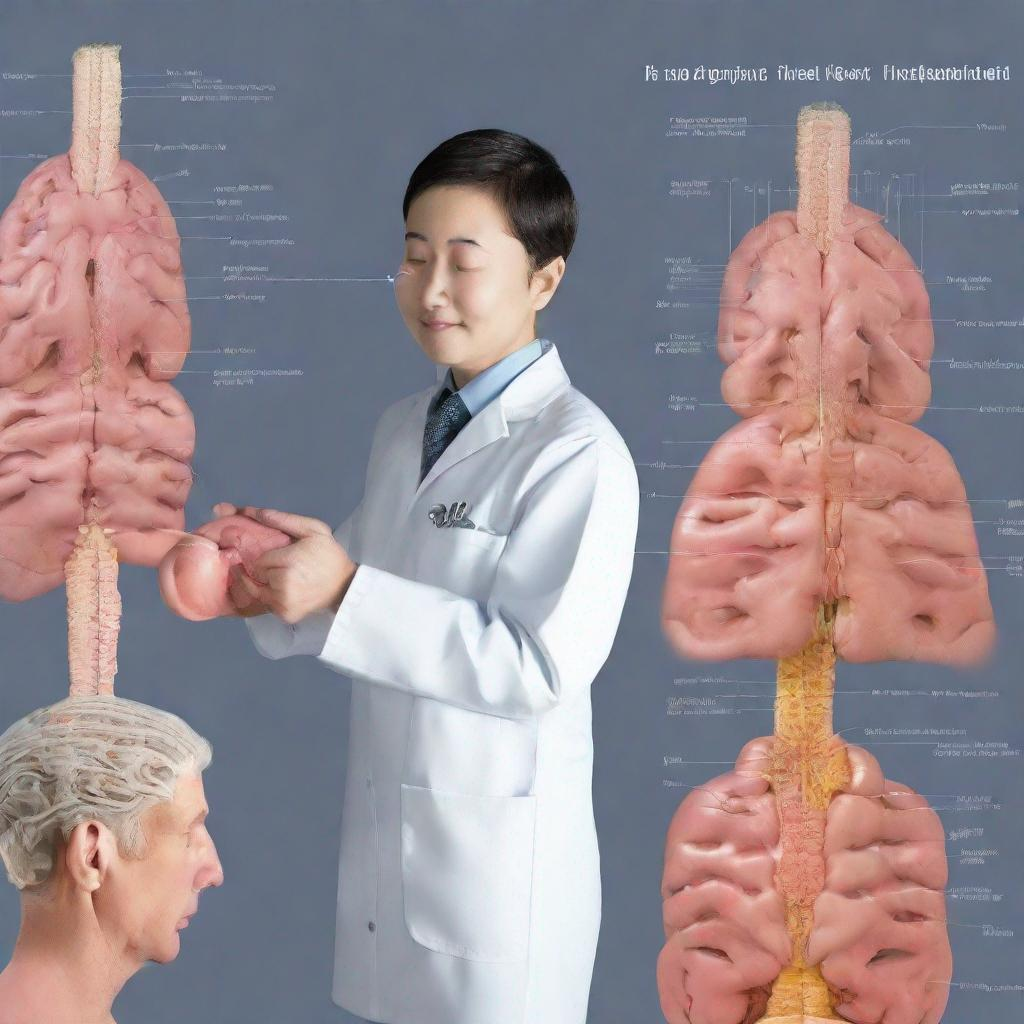“`html
T. TRITICI (M201): An Essential Diagnostic Tool for Wheat Diseases
Introduction
The T. TRITICI (M201) test is a vital tool in the diagnosis of Fusarium head blight and Fusarium crown rot, two devastating wheat diseases that can lead to significant crop losses. By detecting the presence of Triticum aestivum, the causal agent of these diseases, the test allows farmers to implement timely control measures and minimize disease impact.
Test Overview
The T. TRITICI (M201) test is a molecular diagnostic test that identifies the presence of Triticum aestivum in wheat plant tissue. The test is conducted using a real-time PCR technique, which amplifies and detects specific DNA sequences unique to the pathogen. A positive result indicates the presence of Fusarium head blight or Fusarium crown rot.
Conditions and Diseases Detected
The T. TRITICI (M201) test is used to detect:
– Fusarium head blight: A fungal disease that infects wheat heads, causing reduced grain yield and contamination with mycotoxins.
– Fusarium crown rot: A fungal disease that affects the crown and roots of wheat plants, leading to wilting and stunted growth.
Preparation Guidelines
Before taking the T. TRITICI (M201) test, patients should:
– Avoid consumption of antibiotics and other medications that may interfere with test results.
– Inform the healthcare provider if they have any known allergies or medical conditions.
– Follow all specific instructions provided by the healthcare provider.
Procedure
The T. TRITICI (M201) test involves:
– Collecting a sample of wheat plant tissue using a sterile swab or tissue.
– Extracting DNA from the sample using a chemical process.
– Amplifying the extracted DNA using real-time PCR to detect the presence of Triticum aestivum.
Duration and Waiting Time
The T. TRITICI (M201) test typically takes a few hours. The results are usually available within 1-2 business days.
Additional Tests
In addition to the T. TRITICI (M201) test, other tests that may be performed for a more comprehensive diagnostic workup include:
– Mycotoxin analysis: To detect the presence of mycotoxins, which are toxic substances produced by Fusarium fungi.
– Cultural isolation: To isolate and identify the specific Fusarium species involved in the infection.
Conclusion
The T. TRITICI (M201) test is a valuable diagnostic tool for the detection of Fusarium head blight and Fusarium crown rot in wheat crops. By identifying the presence of Triticum aestivum, the test allows for timely disease management and helps to minimize crop losses and the risk of mycotoxin contamination. Patients should discuss with their healthcare provider whether the T. TRITICI (M201) test is right for them.
“`



